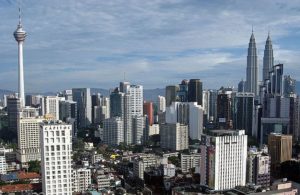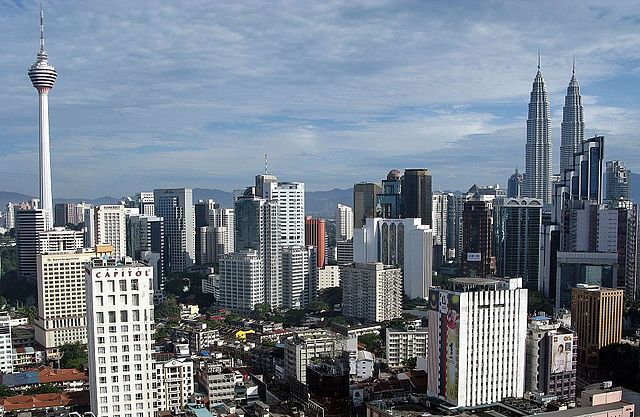 The rise of the MITI-V (“Mighty 5”)—consisting of the Asian nations of Malaysia, India, Thailand, Indonesia, and Vietnam—as representing a “New China” of manufacturing will be a trend to watch, according to the “2016 Global Manufacturing Competitiveness Index” report.
The rise of the MITI-V (“Mighty 5”)—consisting of the Asian nations of Malaysia, India, Thailand, Indonesia, and Vietnam—as representing a “New China” of manufacturing will be a trend to watch, according to the “2016 Global Manufacturing Competitiveness Index” report.
All of these countries are expected to be included in the top 15 nations by 2020 and could represent a “New China” in terms of low-cost labor, agile manufacturing capabilities, favorable demographic profiles, as well as market and economic growth, said the report from Deloitte Touche Tohmatsu Limited’s Global Consumer & Industrial Products Industry group and the U.S. Council on Competitiveness.
Although all but Vietnam showed a drop in overall competitiveness rank between 2013 and 2016, when viewed as a group, the MITI-V nations can be seen as offering an attractive option for market and economic growth as well as growing customer base for manufacturers.
“The Southeast Asian countries of Indonesia, Malaysia, Thailand, and Vietnam continue to garner the interest of global manufacturers looking for alternatives to China with the availability of skilled workforce and growing labor productivity, as well as the lower manufacturing labor cost in comparison to China,” said Ng Jiak See, Deloitte Southeast Asia’s Industrial Products & Services Leader.
“Other advantages that these countries offer to global manufacturers include numerous tax incentives in the form of tax holidays ranging from three to 10 years, tax exemptions or reduced import duties, and reduced duties on capital goods and raw materials used in export-oriented production,” added Ng.
From a global perspective, the United States is expected to become the most competitive manufacturing nation over the next five years, with the current leader, China, slipping into second position.
“Made in the USA is making a big comeback,” said Deborah L. Wince-Smith, president and CEO of the U.S. Council on Competitiveness. “Contrary to the view that manufacturing is falling behind the times, the study points to a manufacturing future characterized by advanced technologies and growth through innovation. Manufacturing is sustainable, smart, safe, and surging—and America is expected to be among the leaders in this industry transformation.”
The prediction is based on an in-depth analysis of survey responses from more than 500 chief executive officers and senior leaders at manufacturing companies throughout the world. As in the 2010 and 2013 reports, the executives ranked 40 countries in terms of their current and future manufacturing competitiveness and also rated the top drivers of global manufacturing competitiveness.
According to the report, CEOs say that advanced manufacturing technologies are a key to unlocking future competitiveness. Predictive analytics, the network connectivity of common objects known as the “Internet of Things” (IoT), smart products and smart factories that are helping to define “Industry 4.0”, and advanced materials are viewed by executives as crucial to global manufacturing competitiveness.
Indeed, where emerging economies have an advantage over advanced economies on issues of labor and material costs, advanced economies lead their developing counterparts on labor productivity. “Singapore, while considered a relatively high cost manufacturing location in Southeast Asia, is still likely to remain amongst the most competitive in the region in the future,” remarked Ng.
The projected 20 countries that will lead in global manufacturing competitiveness by 2020 based on ranking are U.S., China, Germany, Japan, India, South Korea, Mexico, United Kingdom, Taiwan, Canada, Singapore, Vietnam, Malaysia, Thailand, Indonesia, Poland, Turkey. Sweden, Switzerland, and Czech Republic.
The rest on the Top 40 list are Netherlands, Australia, Brazil, Finland, South Africa, France, Spain, Romania, Belgium, Italy, Ireland, Russia, United Arab Emirates, Colombia, Portugal, Saudi Arabia, Egypt, Nigeria, Argentina, and Greece.
Photo: Miran Rijavec





